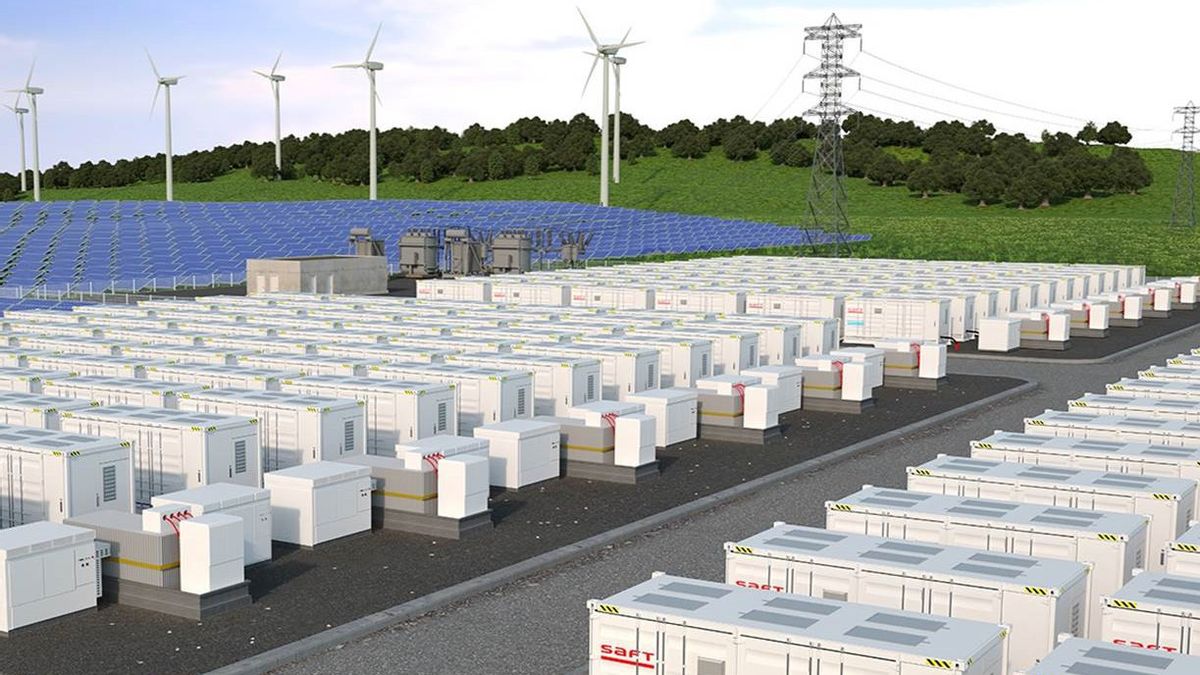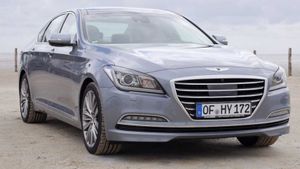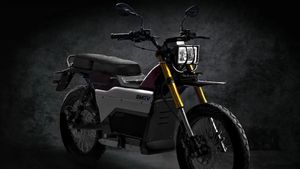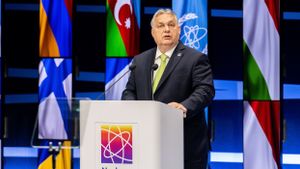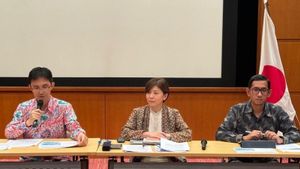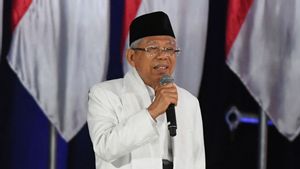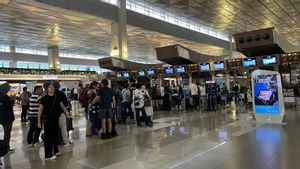JAKARTA - Stellantis, a multinational automotive holding company along with a joint venture partner, Samsung SDI, is again taking the initiative by expanding the EV battery factory network in the United States (US).
The plant is targeted to start its battery production period in 2027, which is claimed to be able to assemble with a capacity of up to 34 GWh.
Stellantis CEO Carlos Tavares said the construction of the facility could achieve aggressive targets from companies offering 25 new EV models for the North American market by the end of the decade.
"We continue to increase more capacity in the United States together with our great partner Samsung SDI and lay down the next step to achieve our carbon neutrality commitment by 2038," Tavares said in a statement from the company, Monday, July 24.
In line with what Tavares, Samsung SDI President and CEO Yoon-ho Choi said, said that running a joint venture with Stellantis shows Samsung's existence in EV development in North America.
The second plant will accelerate our market penetration into the US and help Stellantis drive the US transition to the electric vehicle era by supplying products that display the highest level of security and quality," said Choi.
This collaboration continues the goals of the two companies in the construction of EV batteries in the US. Previously, Stellantis and Samsung SDI had committed to building batteries in Indiana, USA, in the hope of operating in early 2025.
The factories resulting from the first joint venture between Samsung and Stellantis have an annual capacity of 23 GWh, which can produce batteries for vehicles from Peugeot, Jeep, Fiat, and other manufacturers under the umbrella of the Stellantis company.
The construction of this factory is also in line with Stellantis' strategic plan, the Dare Forward 2030, for the sale of 100 percent of cars carrying Battery Electric Vehicle (BEV) in Europe and 50 percent of sales of cars carrying BEV light-loaded trucks in the US by 2030.
اقرأ أيضا:
Stellantis is considered by many parties to be on the right track to become a zero-carbon company by 2038 where to achieve this target the company needs to secure around 400 GWh of battery capacity.
The English, Chinese, Japanese, Arabic, and French versions are automatically generated by the AI. So there may still be inaccuracies in translating, please always see Indonesian as our main language. (system supported by DigitalSiber.id)
